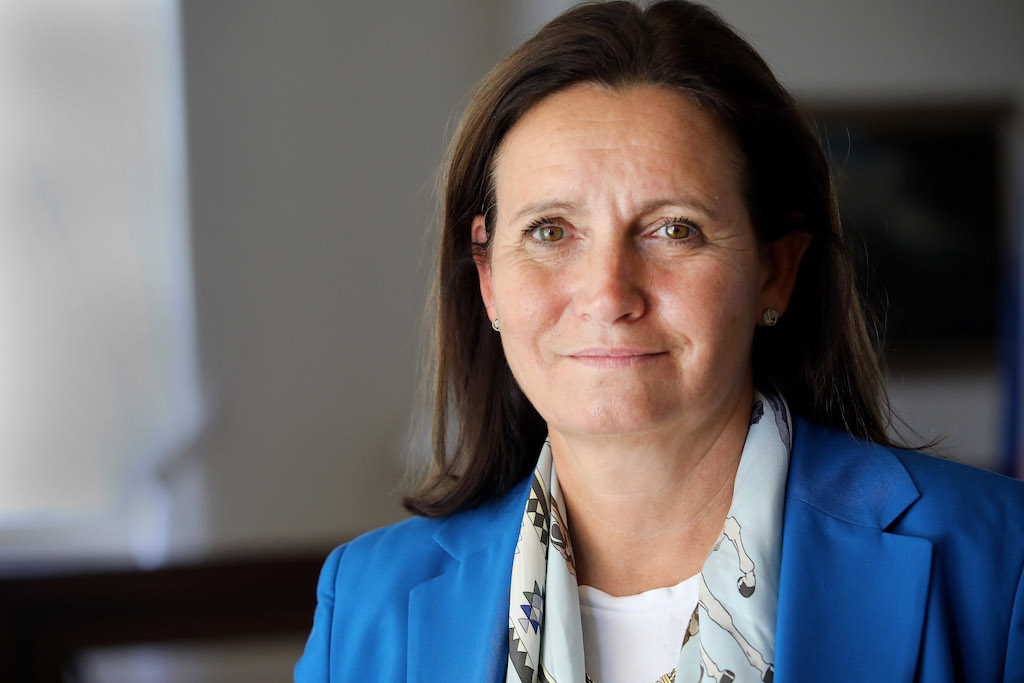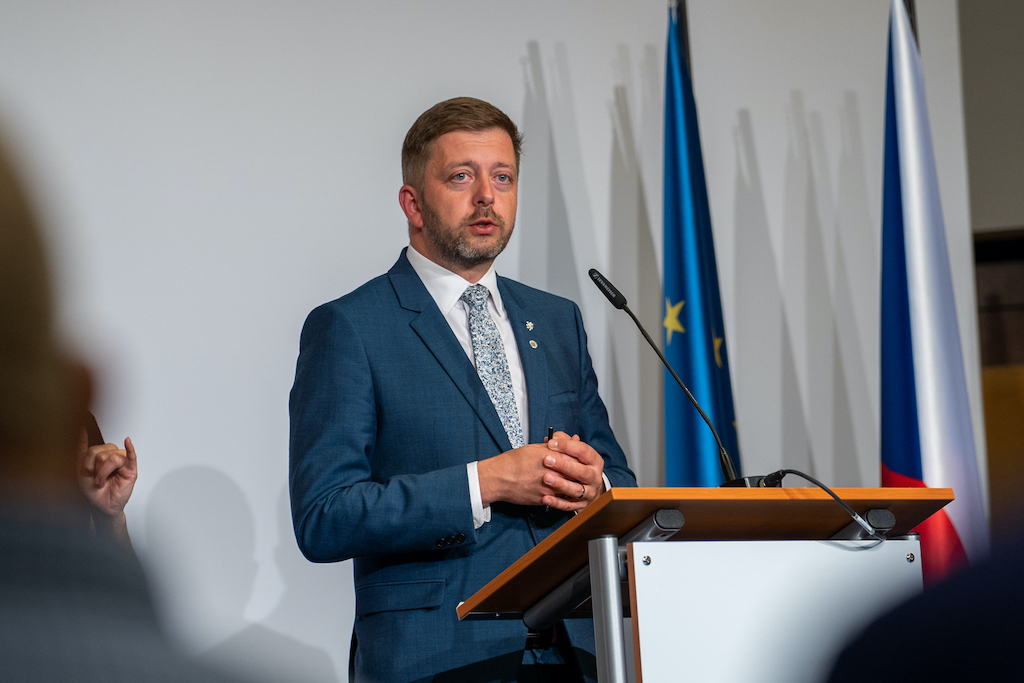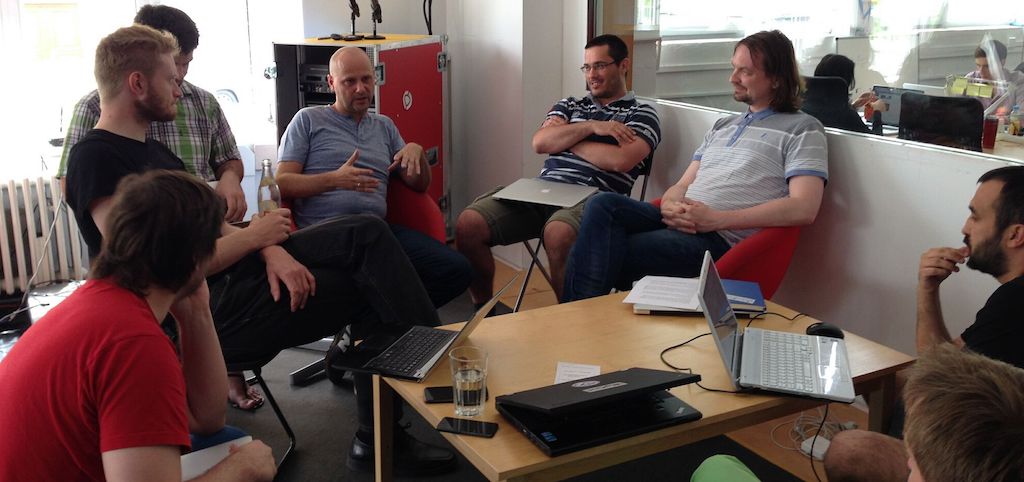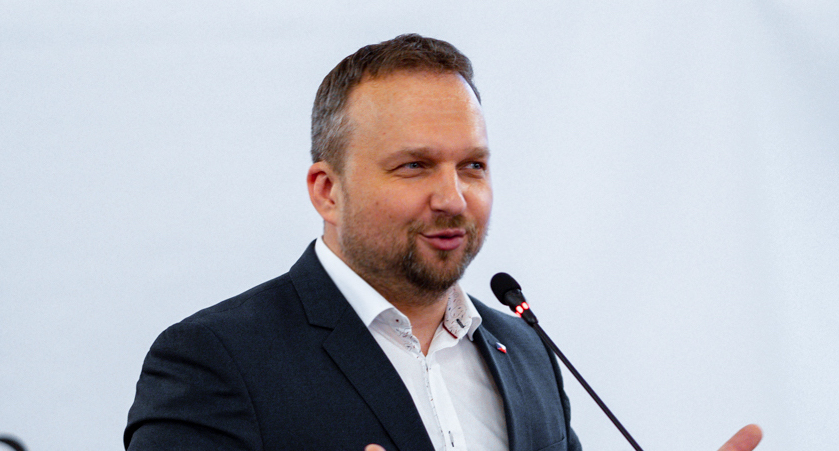
Deployment of energy storage is an indispensable instrument for improving flexibility and providing services to the energy system in line with EU energy and climate policy
Would you introduce EASE, its mission and competencies, its members and what they represent?
The European Association for Storage of Energy (EASE) is the leading member-supported association representing organisations active across the entire energy storage value chain. EASE supports the deployment of energy storage to support the cost-effective transition to a resilient, low-carbon, and secure energy system.
EASE has almost 40 members including utilities, technology suppliers, research institutes, distribution system operators, and transmission system operators. Together, EASE members have significant expertise across all major storage technologies and applications. This allows us to generate new ideas and policy recommendations that are essential to build a regulatory framework that is supportive of storage.
At EASE, we support all energy storage technologies, as each can play an important role in the energy system. Short-duration storage devices such as flywheels and batteries can respond to imbalances within milliseconds, while longer-duration solutions like pumped hydro, thermal storage or even future technology options like hydrogen storage, can provide weekly, monthly, or even seasonal storage. Our mission is to ensure that all technologies can compete on a level playing field, to strengthen the business case for storage, and to advocate for more R&D funding.
What are the big European issues in terms of energy storage? Will the way storage is defined have a significant impact?
Since storage is a relatively new player in the energy system, the existing regulatory and policy framework is in many ways not conducive to the deployment of storage. The main challenge is the legal uncertainty about the role of storage in the energy system: it is considered in some Member states both as a generation and a consumption asset depending on its operation mode. This leads to energy storage devices in some Member States being subject to double grid fees and charges.
Furthermore, it is still being debated whether storage can be owned and operated by distribution and transmission system operators (DSOs, TSOs) for grid operation purposes. The lack of market-based procurement and the absence of long-term contracts for system and ancillary services also hamper investment security. For example, the ownership of batteries by DSOs after authorisation by the NRA may improve efficient management of congestions and replace or delay investment in grid reinforcement.
A proper definition of storage is also necessary. Energy storage may have cross-sectorial interfaces, such as electricity “in” and heat or gas “out” that can be considered in some cases as energy storage and in other cases as a final use of energy. The definition should be as inclusive as possible for all types and applications of energy storage that complement traditional technologies and uses such as pumped hydro-storage or batteries, in order to facilitate the development of efficient and feasible technologies.
From a research and innovation standpoint, the main challenge for all energy storage technologies is to reduce costs and enhance efficiency. There is a need to further develop the different services and applications storage can provide, and to explore ways to combine and monetise these services.
The European Commission, Parliament, and Member States are currently finalising the “Clean Energy for All Europeans” Package, which will address many of the above points and will therefore have a significant impact on the storage sector.
What is the impact of energy storage on the environment?
Transitioning to a low-carbon energy system is impossible without firm and flexible assets that enable matching variable renewable energy sources (RES) generation to energy consumption. Energy storage is a key enabling technology, as it can provide flexibility services at all levels of the power grid, helping transmission and distribution grids function more effectively and deferring potentially costly investments. Storage can provide contingency during supply interruption events, reducing the impact on customers. Storage can also support the decarbonisation of fossil fuel-intensive sectors such as transport and heating and cooling.
Overall, storage can have an important positive impact on the environment, and the storage industry is committed to further improving its footprint. For example, R&D efforts are ongoing to enhance the sustainability of storage technologies, for instance by recycling battery storage materials.
What are the necessary conditions to allow for investments in energy storage and what kind of business model is suitable?
Already, we see viable business models for storage in Europe, for instance on islands. With rapid cost reductions and significant developments across different technologies, we expect the business case to become more and more favourable, although several barriers remain.
A clear and stable regulatory framework that recognises storage as a key element of the energy system is fundamental for increasing investor confidence. There will not be any investment certainty without regulatory clarity on long-term contracts for system and ancillary services provided by storage. A robust storage business case often depends on the ability to ‘stack’ several different services on one storage device. Regulation should therefore favour the location of storage devices where most value is created and more services are provided, usually closer to electricity demand nodes. Those services may sometimes be monetised and tendered on the market and in other cases a cost-based remuneration regulation might be the best solution. Inefficient barriers to entry for new players and technologies should be reduced.
What are your goals for the coming Energy Storage Global Conference?
This year, we are proud to organise the third edition of the Energy Storage Global Conference in collaboration with the Joint Research Centre of the European Commission. We aim to welcome more than 300 delegates, 15 exhibitors and over 50 speakers to Brussels to discover the main drivers and challenges affecting the energy storage sector today.
We aim to help participants discover the next energy storage breakthrough technology and learn about cutting-edge research. Participants will have the chance to network with EU policymakers and regulators as well as leading storage experts. They will learn how to address regulatory barriers and shape the future legal framework for energy storage. Moreover we will present successful, replicable business cases for storage from around the world. Participants can learn about financing and maximising the revenues of their storage projects, and find out more about the rationale behind private stakeholders’ decisions to invest.
This three-day event, which will take place on 24-26 October 2018 in Brussels, will be the perfect forum to learn about energy storage technologies, policies and markets, and network with representatives from all over the world.
What are your hopes and expectations for the next College of Commissioners and newly elected European Parliament ?
EU policymakers are increasingly recognising the immense value storage can bring for the energy system. In particular, the latest developments in the “Clean Energy for All Europeans” package of legislative proposals are a big step in the right direction for storage.
It is our hope that the newly elected European Parliament and College of Commissioners will build on this positive momentum. We hope that they will recognise the central role storage can play in achieving the EU’s ambitious decarbonisation and RES targets. Much more needs to be done to create a level playing field for all storage technologies. The actions that EU policymakers take in the next few years – e.g., increasing the research, development, and deployment funding available to storage technologies – could have an enormous impact on the future of the storage sector.
As we define the EU’s mid-century low carbon emissions strategy, it is clear that achieving our ambitious vision for the future energy system will require hard work, commitment, and continuous collaboration between policymakers, industry, and society. We are sure that the new Parliament and Commission will be up for the challenge!


















